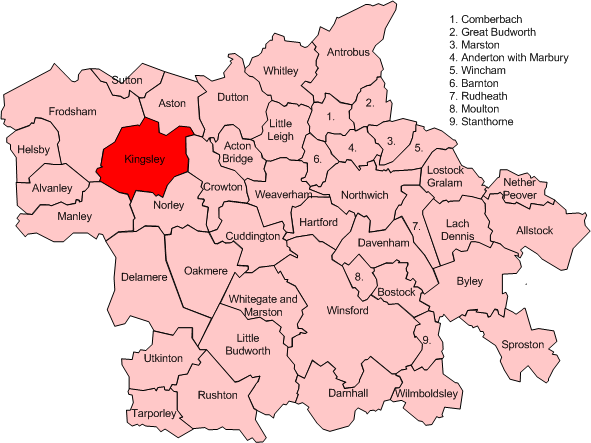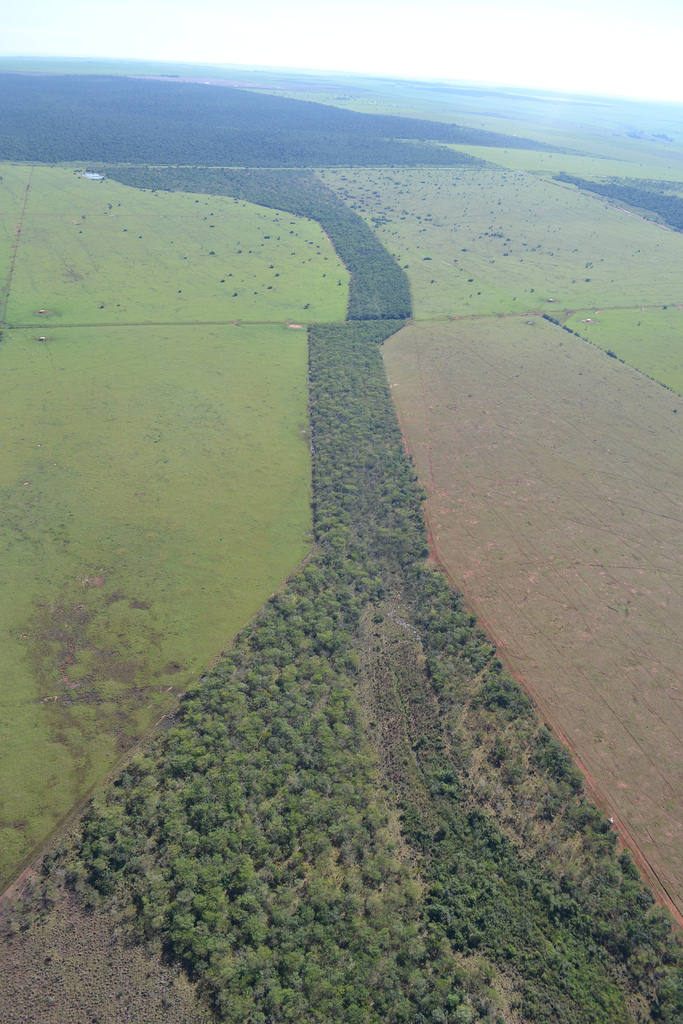|
Hunter's Wood Nature Reserve
Hunter's Wood Nature Reserve is a nature reserve near Kingsley, Cheshire, England, managed by the Cheshire Wildlife Trust. Hunter's Wood is a relatively new piece of woodland, originally planted on what was rough pasture on the southern bank of the River Weaver in 1999. There are small fragments of ancient woodland west, north and east of the reserve, some of them within the Warburton's Wood Nature Reserve, also managed by the Wildlife Trust. Hunter's Wood is intended to form a wildlife corridor linking these fragments, with the hope that specialist plants from the ancient woodland will eventually colonise. To this end, seeds were collected from surrounding areas and, in addition, 250 ash trees ''Fraxinus'' (), commonly called ash, is a genus of flowering plants in the olive and lilac family, Oleaceae. It contains 45–65 species of usually medium to large trees, mostly deciduous, though a number of subtropical species are evergr ... were planted. References Nature ... [...More Info...] [...Related Items...] OR: [Wikipedia] [Google] [Baidu] |
Kingsley, Cheshire
Kingsley is a civil parish and a village in the unitary authority of Cheshire West and Chester and the ceremonial county of Cheshire, England. It is approximately 5 miles south east of the town of Frodsham. The village is home to two primary schools – Kingsley St John's Church of England Primary School and Kingsley Community Primary School. History Kingsley is first listed in the Domesday Book of 1086 as ''Chingeslie'' in the Roelau Hundred. The village is listed as having been held from Earl Hugh d'Avranches by a Saxon named Dunning. It has land for two ploughs, and home to five serfs, one villein, and three bordars. It also mentioned one and a half fisheries, four hays for roe deer, and a hawk's eyrie. The earl brought the woodland of one league long and one league wide into his forest. The forest mentioned was the ancient forest of Mara and Mondrem which was greatly reduced in size subsequently and is now known as Delamere Forest. In 1260, the village was listed ... [...More Info...] [...Related Items...] OR: [Wikipedia] [Google] [Baidu] |
Cheshire
Cheshire ( ) is a ceremonial and historic county in North West England, bordered by Wales to the west, Merseyside and Greater Manchester to the north, Derbyshire to the east, and Staffordshire and Shropshire to the south. Cheshire's county town is the cathedral city of Chester, while its largest town by population is Warrington. Other towns in the county include Alsager, Congleton, Crewe, Ellesmere Port, Frodsham, Knutsford, Macclesfield, Middlewich, Nantwich, Neston, Northwich, Poynton, Runcorn, Sandbach, Widnes, Wilmslow, and Winsford. Cheshire is split into the administrative districts of Cheshire West and Chester, Cheshire East, Halton, and Warrington. The county covers and has a population of around 1.1 million as of 2021. It is mostly rural, with a number of towns and villages supporting the agricultural and chemical industries; it is primarily known for producing chemicals, Cheshire cheese, salt, and silk. It has also had an impact on popular culture, producin ... [...More Info...] [...Related Items...] OR: [Wikipedia] [Google] [Baidu] |
Nature Reserve
A nature reserve (also known as a wildlife refuge, wildlife sanctuary, biosphere reserve or bioreserve, natural or nature preserve, or nature conservation area) is a protected area of importance for flora, fauna, or features of geological or other special interest, which is reserved and managed for purposes of conservation and to provide special opportunities for study or research. They may be designated by government institutions in some countries, or by private landowners, such as charities and research institutions. Nature reserves fall into different IUCN categories depending on the level of protection afforded by local laws. Normally it is more strictly protected than a nature park. Various jurisdictions may use other terminology, such as ecological protection area or private protected area in legislation and in official titles of the reserves. History Cultural practices that roughly equate to the establishment and maintenance of reserved areas for animals date bac ... [...More Info...] [...Related Items...] OR: [Wikipedia] [Google] [Baidu] |
Cheshire Wildlife Trust
The Cheshire Wildlife Trust (CWT) is a wildlife trust covering the county of Cheshire and parts of the counties of Greater Manchester and Merseyside, England. The trust's chairman is Bill Stothart. It manages 43 nature reserves totalling over 470 hectares, including: * Birch Moss Covert Nature Reserve * Black Firs Wood Nature Reserve *Black Lake Nature Reserve * Black Moss Covert Nature Reserve * Brookheys Covert Nature Reserve * Cleaver Heath Nature Reserve * Cotterill Clough Nature Reserve * Danes Moss Nature Reserve * Dutton Park Farm Nature Reserve *Eastwood Nature Reserve * Gowy Meadows Nature Reserve * Hatch Mere Nature Reserve * Hockenhull Platts Nature Reserve * Hunter's Wood Nature Reserve * Kerridge Hill Nature Reserve * Limekiln Wood Nature Reserve *Marbury Reedbed Nature Reserve Marbury Reedbed Nature Reserve is a nature reserve located at the western end of Budworth Mere, north of Northwich, Cheshire, England. It is managed by the Cheshire Wildlife Trust u ... [...More Info...] [...Related Items...] OR: [Wikipedia] [Google] [Baidu] |
River Weaver
The River Weaver is a river, navigable in its lower reaches, running in a curving route anti-clockwise across west Cheshire, northern England. Improvements to the river to make it navigable were authorised in 1720 and the work, which included eleven locks, was completed in 1732. An unusual clause in the enabling Act of Parliament stipulated that profits should be given to the County of Cheshire for the improvement of roads and bridges, but the navigation was not initially profitable, and it was 1775 before the first payments were made. Trade continued to rise, and by 1845, over £500,000 had been given to the county. The major trade was salt. The arrival of the Trent and Mersey Canal at Anderton in 1773 was detrimental to the salt trade at first, but ultimately beneficial, as salt was tipped down chutes from the canal into barges on the river navigation. Access to the river was improved in 1810 by the Weston Canal, which provided a link to Weston Point, where boats could reach ... [...More Info...] [...Related Items...] OR: [Wikipedia] [Google] [Baidu] |
Ancient Woodland
In the United Kingdom, an ancient woodland is a woodland that has existed continuously since 1600 or before in England, Wales and Northern Ireland (or 1750 in Scotland). Planting of woodland was uncommon before those dates, so a wood present in 1600 is likely to have developed naturally. In most ancient woods, the trees and shrubs have been cut down periodically as part of the management cycle. Provided that the area has remained as woodland, the stand is still considered ancient. Since it may have been cut over many times in the past, ancient woodland does not necessarily contain very old trees. For many species of animal and plant, ancient woodland sites provide the sole habitat, and for many others, conditions on these sites are much more suitable than those on other sites. Ancient woodland in the UK, like rainforest in the tropics, is home to rare and threatened species. For these reasons ancient woodland is often described as an irreplaceable resource, or 'critical natural ca ... [...More Info...] [...Related Items...] OR: [Wikipedia] [Google] [Baidu] |
Warburton's Wood Nature Reserve
Warburton's Wood Nature Reserve is a nature reserve near Kingsley, Cheshire, England, managed by the Cheshire Wildlife Trust. The reserve consists of semi-natural woodland either side of a clough, or small valley, containing a tributary of the River Weaver. Together with Well Wood, a similar clough woodland to the east, it forms part of the Warburton's Wood and Well Wood Site of Special Scientific Interest, which covers a larger area of . Trees include familiar species such as pedunculate oak (''Quercus robur''), ash (''Fraxinus excelsior'') and hazel (''Corylus avellana''), but also small-leaved lime (''Tilia cordata'') and wild service-tree (''Sorbus torminalis''), which are uncommon in Cheshire. The Wildlife Trust also owns the adjacent Hunter's Wood Nature Reserve, on which trees have been planted to act as a wildlife corridor A wildlife corridor, habitat corridor, or green corridor is an area of habitat connecting wildlife populations separated by human activiti ... [...More Info...] [...Related Items...] OR: [Wikipedia] [Google] [Baidu] |
Wildlife Corridor
A wildlife corridor, habitat corridor, or green corridor is an area of habitat connecting wildlife populations separated by human activities or structures (such as roads, development, or logging). This allows an exchange of individuals between populations, which may help prevent the negative effects of inbreeding and reduced genetic diversity (via genetic drift) that often occur within isolated populations. Corridors may also help facilitate the re-establishment of populations that have been reduced or eliminated due to random events (such as fires or disease). This may potentially moderate some of the worst effects of habitat fragmentation, wherein urbanization can split up habitat areas, causing animals to lose both their natural habitat and the ability to move between regions to use all of the resources they need to survive. Habitat fragmentation due to human development is an ever-increasing threat to biodiversity, and habitat corridors are a possible mitigation. Purpose Th ... [...More Info...] [...Related Items...] OR: [Wikipedia] [Google] [Baidu] |
Fraxinus Excelsior
''Fraxinus excelsior'', known as the ash, or European ash or common ash to distinguish it from other types of ash, is a flowering plant species in the olive family Oleaceae. It is native throughout mainland Europe east to the Caucasus and Alborz mountains, and Britain and Ireland, the latter determining its western boundary. The northernmost location is in the Trondheimsfjord region of Norway.Rushforth, K. (1999). ''Trees of Britain and Europe''. Collins .Den virtuella floran''Fraxinus excelsior'' distribution/ref> The species is widely cultivated and reportedly naturalised in New Zealand and in scattered locales in the United States and Canada. Description It is a large deciduous tree growing to (exceptionally to ) tall with a trunk up to (exceptionally to ) diameter, with a tall, narrow crown. The bark is smooth and pale grey on young trees, becoming thick and vertically fissured on old trees. The shoots are stout, greenish-grey, with jet-black buds (which distinguish ... [...More Info...] [...Related Items...] OR: [Wikipedia] [Google] [Baidu] |
Nature Reserves In Cheshire
Nature, in the broadest sense, is the physical world or universe. "Nature" can refer to the phenomena of the physical world, and also to life in general. The study of nature is a large, if not the only, part of science. Although humans are part of nature, human activity is often understood as a separate category from other natural phenomena. The word ''nature'' is borrowed from the Old French ''nature'' and is derived from the Latin word ''natura'', or "essential qualities, innate disposition", and in ancient times, literally meant "birth". In ancient philosophy, ''natura'' is mostly used as the Latin translation of the Greek word ''physis'' (φύσις), which originally related to the intrinsic characteristics of plants, animals, and other features of the world to develop of their own accord. The concept of nature as a whole, the physical universe, is one of several expansions of the original notion; it began with certain core applications of the word φύσις by pre-Soc ... [...More Info...] [...Related Items...] OR: [Wikipedia] [Google] [Baidu] |





.jpg)